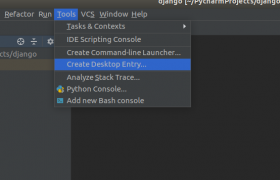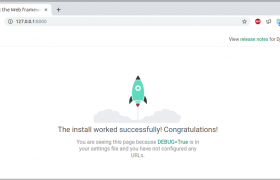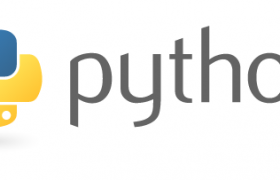Create a service file for gunicorn
root@django:~# cat /etc/systemd/system/gunicorn2.service
[Unit]
Description=gunicorn2 daemon
Requires=gunicorn2.socket
After=network.target
[Service]
User=ubuntu
Group=www-data
WorkingDirectory=/home/ubuntu/myapp/wagtail2
ExecStart=/home/ubuntu/myapp/venv/bin/gunicorn \
--access-logfile - \
--workers 3 \
--bind unix:/run/gunicorn2.sock \
wagtailblog4.wsgi:application
[Install]
WantedBy=multi-user.target
root@django:~#
Here
/home/ubuntu/myapp/wagtail2 = path to the folder where web application is.
/home/ubuntu/myapp/venv/bin/gunicorn = is where gunicorn installed inside virtualenv.
Change these path as required.
Restart gunicorn with
systemctl restart gunicorn2
use following nginx config
root@django:~# cat /etc/nginx/sites-enabled/django.conf
server {
server_name domain.extn;
location = /favicon.ico { access_log off; log_not_found off; }
location /static/ {
root /home/ubuntu/myapp/wagtail2;
}
location /media/ {
root /home/ubuntu/myapp/wagtail2;
}
location / {
include proxy_params;
proxy_pass http://unix:/run/gunicorn2.sock;
}
listen 443 ssl; # managed by Certbot
ssl_certificate /etc/letsencrypt/live/domain.extn/fullchain.pem; # managed by Certbot
ssl_certificate_key /etc/letsencrypt/live/domain.extn/privkey.pem; # managed by Certbot
include /etc/letsencrypt/options-ssl-nginx.conf; # managed by Certbot
ssl_dhparam /etc/letsencrypt/ssl-dhparams.pem; # managed by Certbot
}
server {
if ($host = www.domain.extn) {
return 301 https://$host$request_uri;
} # managed by Certbot
if ($host = domain.extn) {
return 301 https://$host$request_uri;
} # managed by Certbot
listen 80;
server_name domain.extn www.domain.extn;
return 404; # managed by Certbot
}
root@django:~#
Restart nginx
systemctl restart nginx




